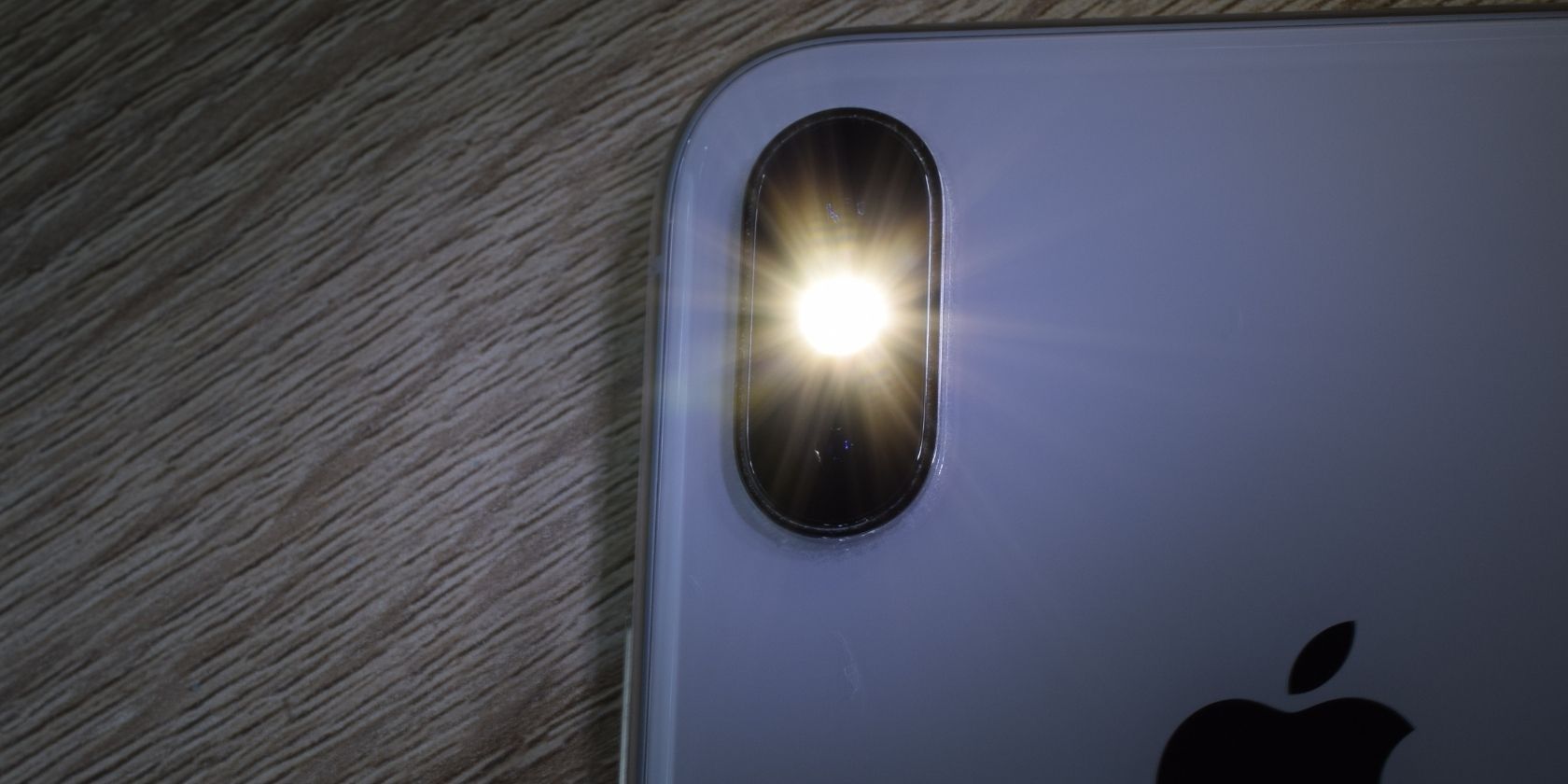As iPhone cameras get more feature-packed, the increasing icons and buttons inside the Camera app might confuse some. You may want to use the camera flash instead of Night mode in surroundings with insufficient light. And since the icons don't have labels anymore, it's tough to figure out how to turn on the iPhone flash.
To help, we'll look at what the different flash icons mean and the steps you can take to switch on the iPhone flash in a flash.
What Your iPhone's Camera Flash Icons Mean
You'll see various circular icons with a lightning bolt in the Camera app on your iPhone. In general, they follow the following rules:
- When there is a slash through the flash icon, it means the flash is off.
- When there is no slash, and the flash icon is white, it means the camera flash is set to auto. Under good lighting, it won't flash, but in dim lighting, it will.
- When the iPhone's camera flash icon is highlighted in yellow, it means the camera will always flash when you take a picture. This may be because it is set to always-on, or it's in auto mode and your iPhone thinks it needs to use the flash.
How to Turn On the Flash on a Modern iPhone
The instructions to turn on an iPhone's camera flash vary depending on the model. Here's how to enable camera flash on an iPhone 11, 12, SE (2nd generation), 13, and so on:
- Open the Camera app and swipe up or tap the arrow icon at the top.
- Tap the flash icon.
- Tap On to set your iPhone's camera flash to always-on.
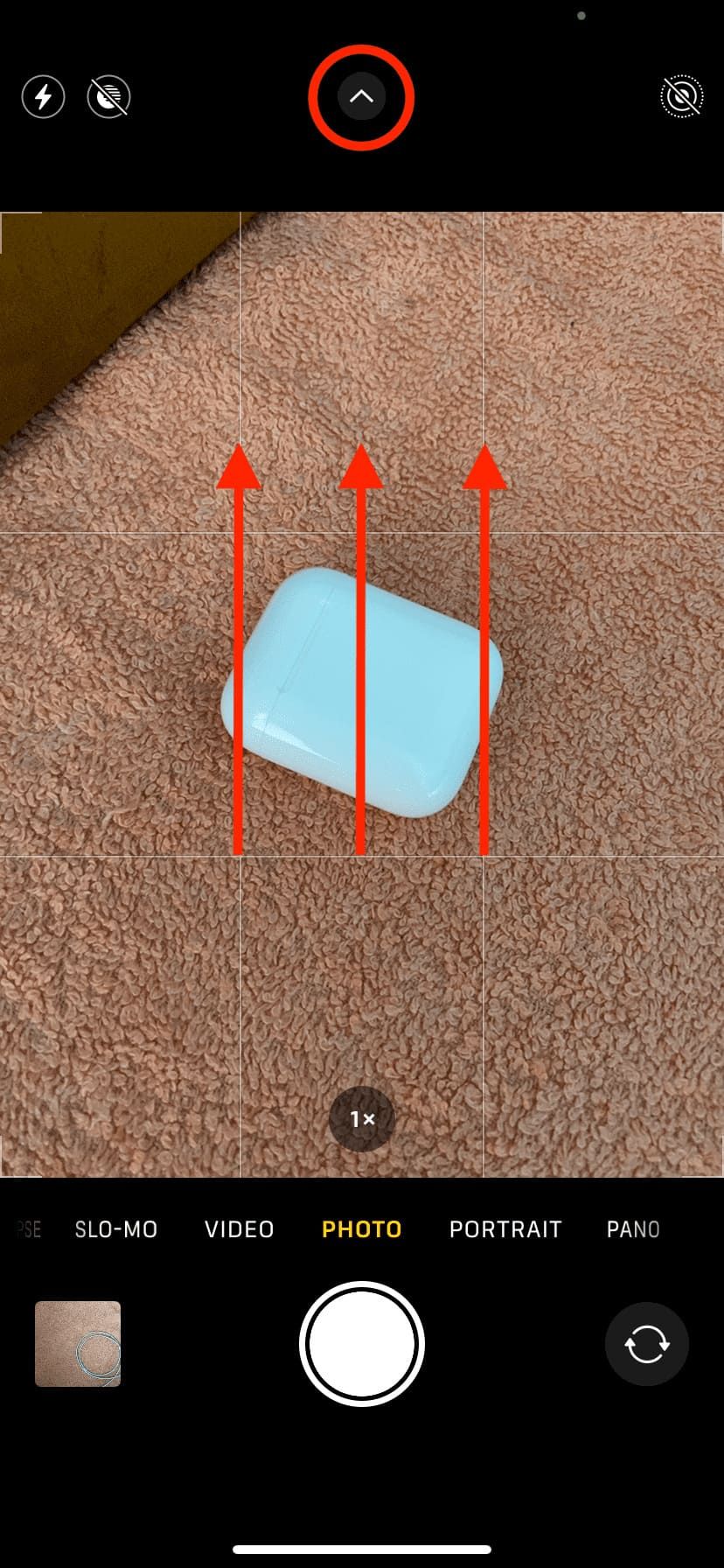
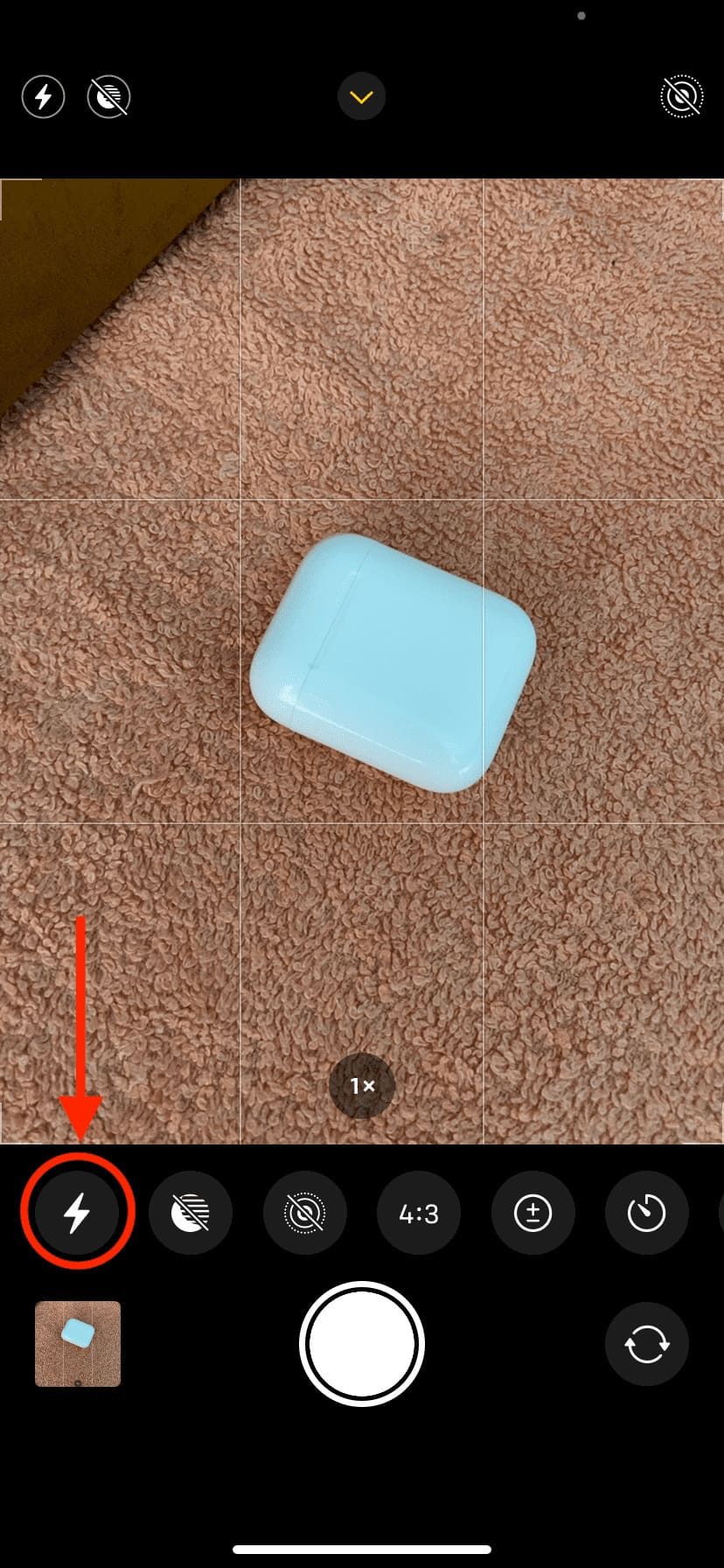
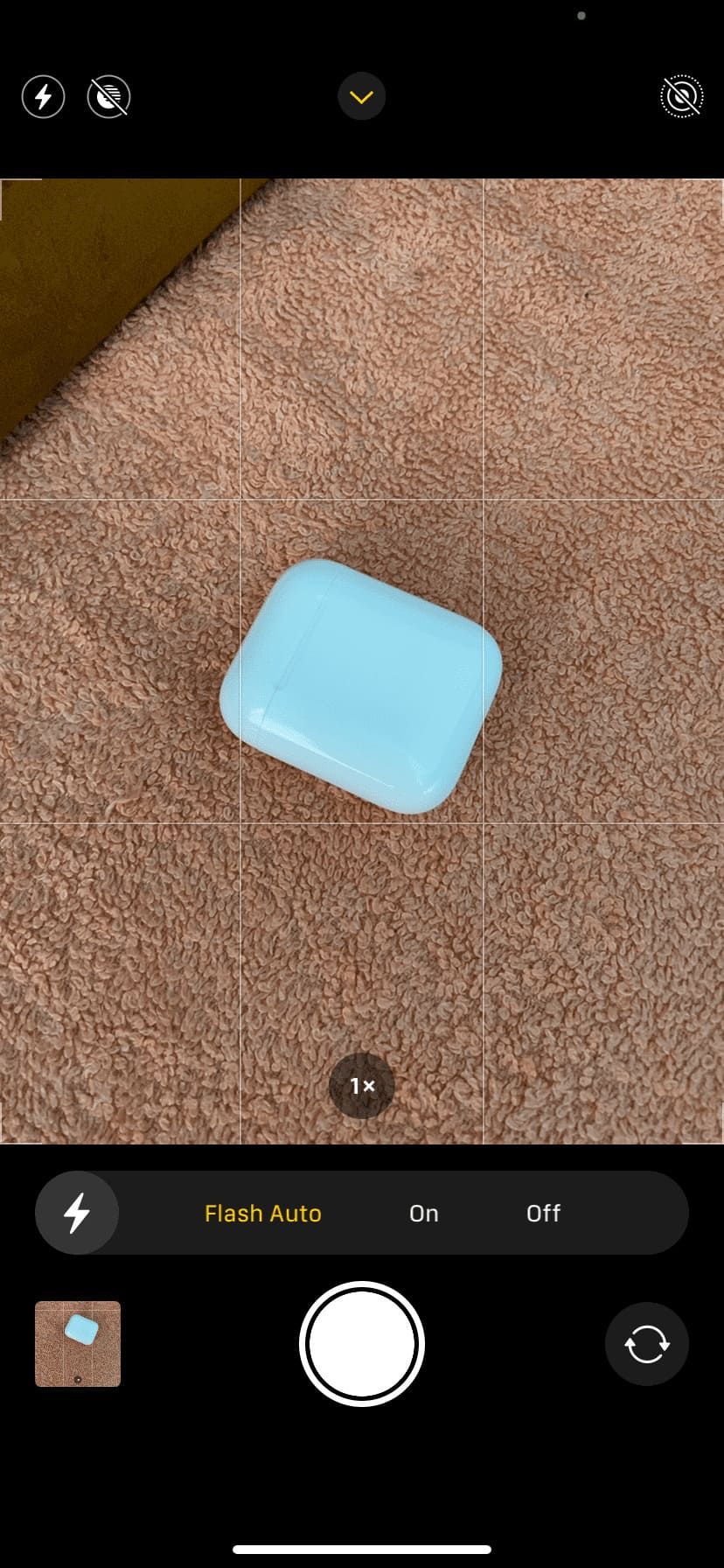
You can follow the same steps to turn on the front screen flash while taking selfies.
How to Turn On Your iPhone's Flash for Video
When you're in the iPhone Camera app's Video, Slo-mo, or Cinematic mode, swipe up from the middle of the screen (when in portrait) or swipe left from the middle of the screen (when in landscape) and tap on the flash icon in the lower-left corner to enable it.
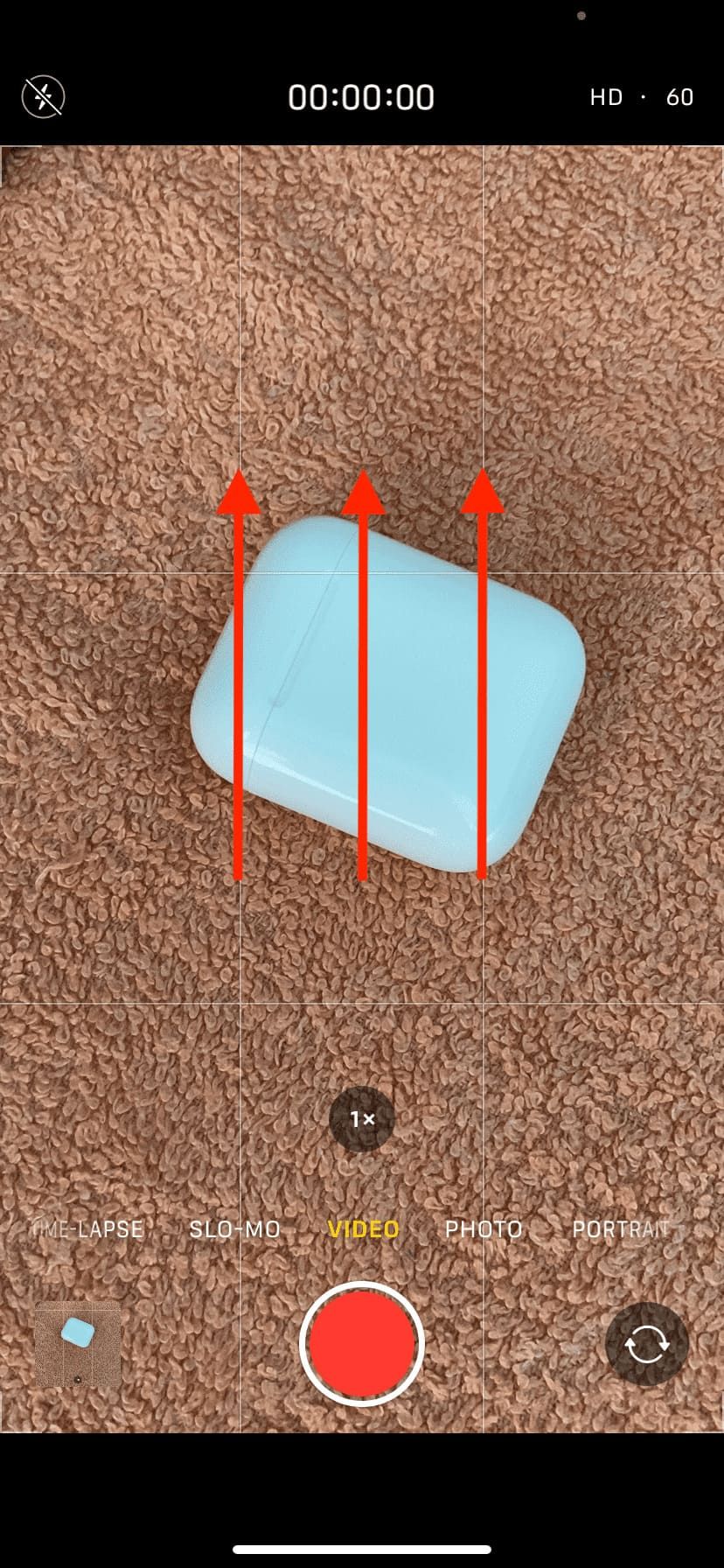
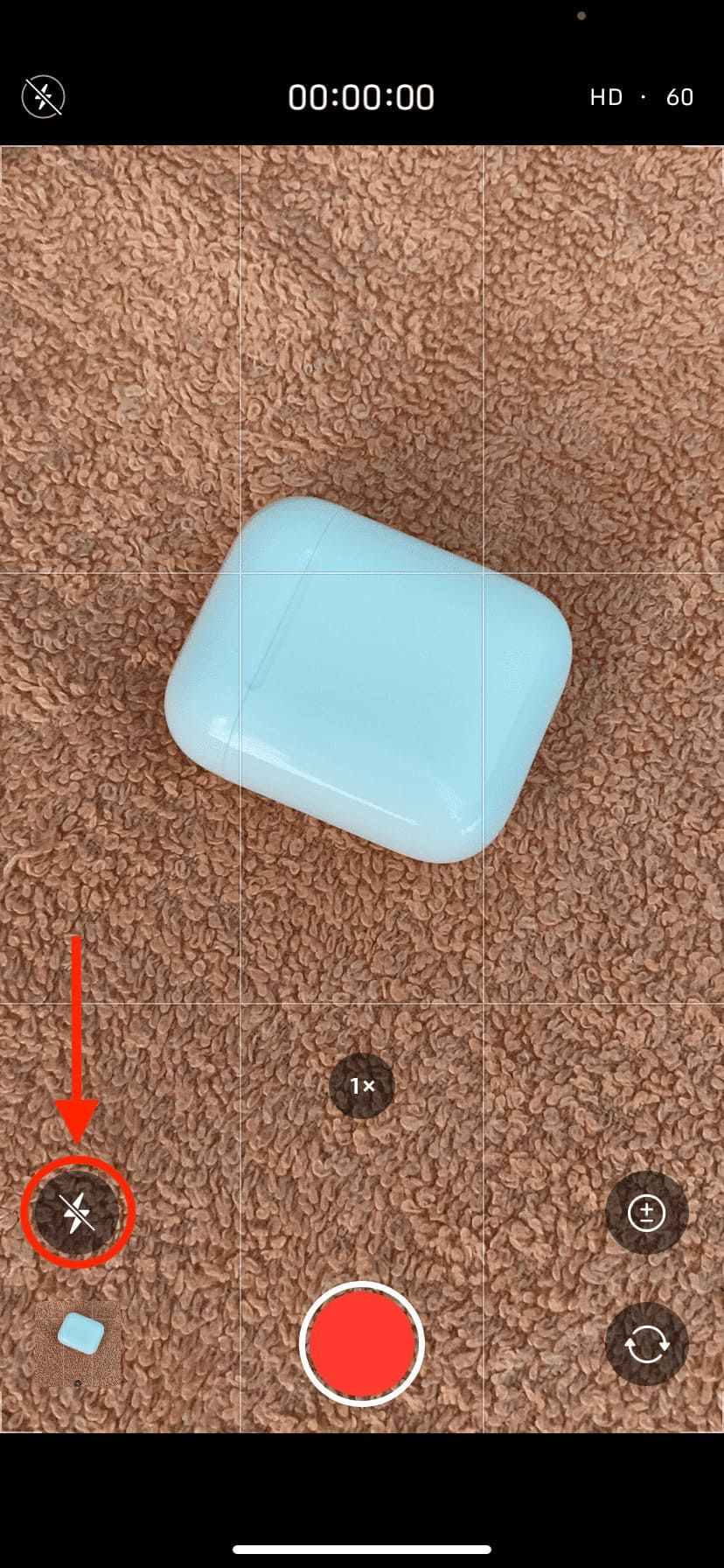
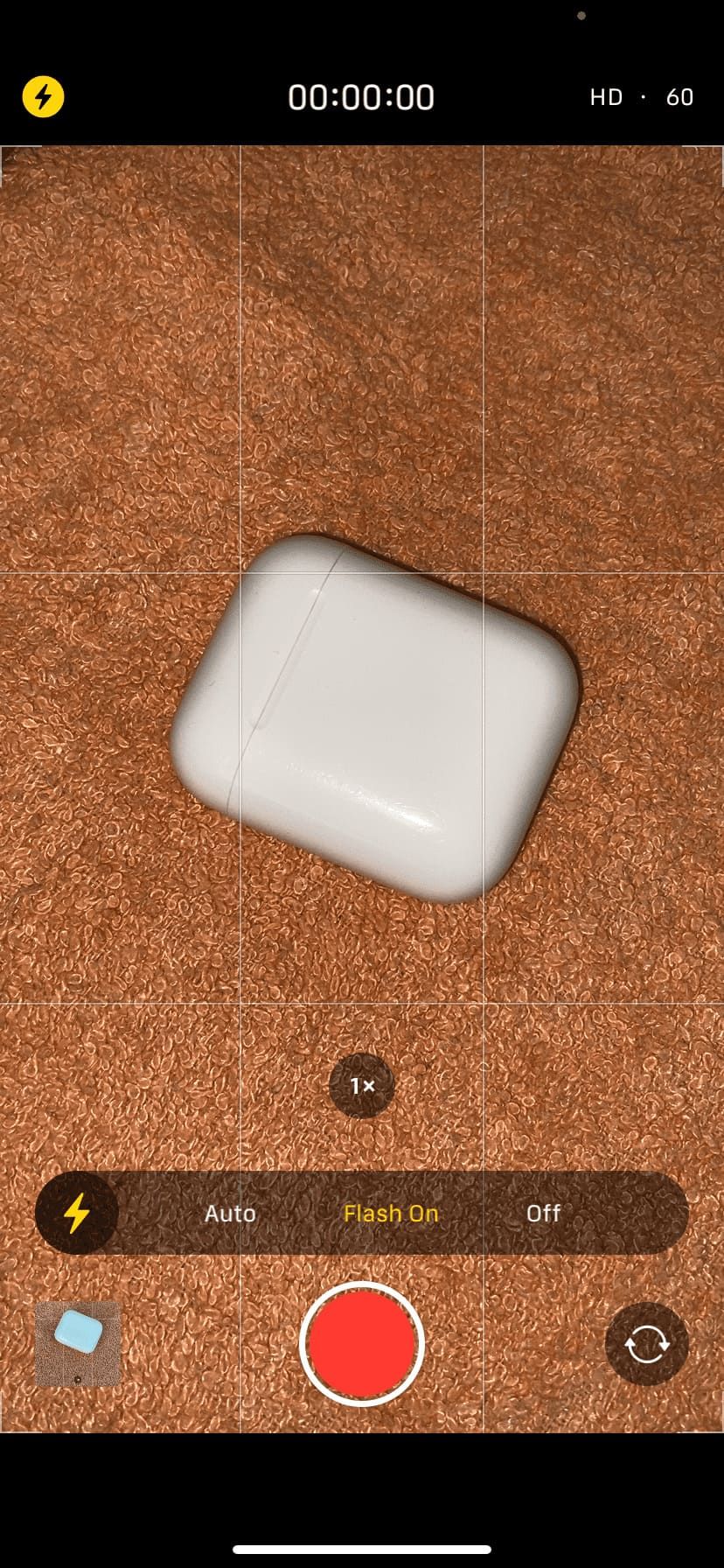
It'll switch on instantly, even when you aren't recording. Whenever ready, tap the record button to start the videography with the camera flash enabled.
The iPhone does not support camera flash when using Pano (Panorama) and Time-Lapse modes.
The above steps show you how to set your iPhone's camera flash to stay on and not be taken over by Night mode. If you change your mind and enable Night mode, it will disable the flash.
How to Enable the Camera Flash on Older iPhones
If you have an older iPhone with a Home button—like an iPhone 6S, iPhone 8, or iPhone SE—open the Camera app, tap the flash icon in the top-left corner and choose On. Follow these same steps to turn on the flash for Video or Slo-Mo modes.
On an iPhone 6S or newer model, this also enables the screen to flash when you switch on the front camera to take selfies.
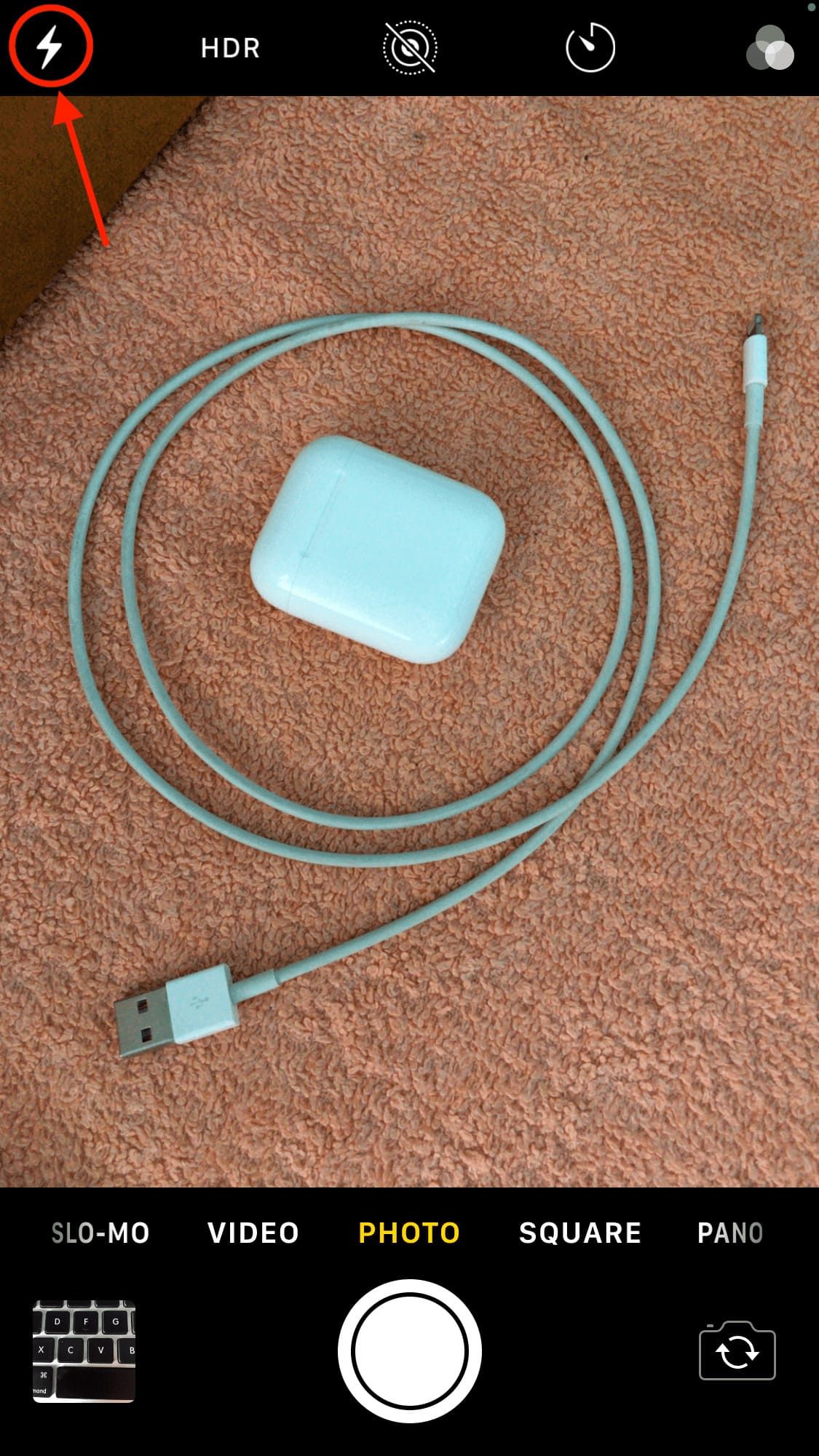
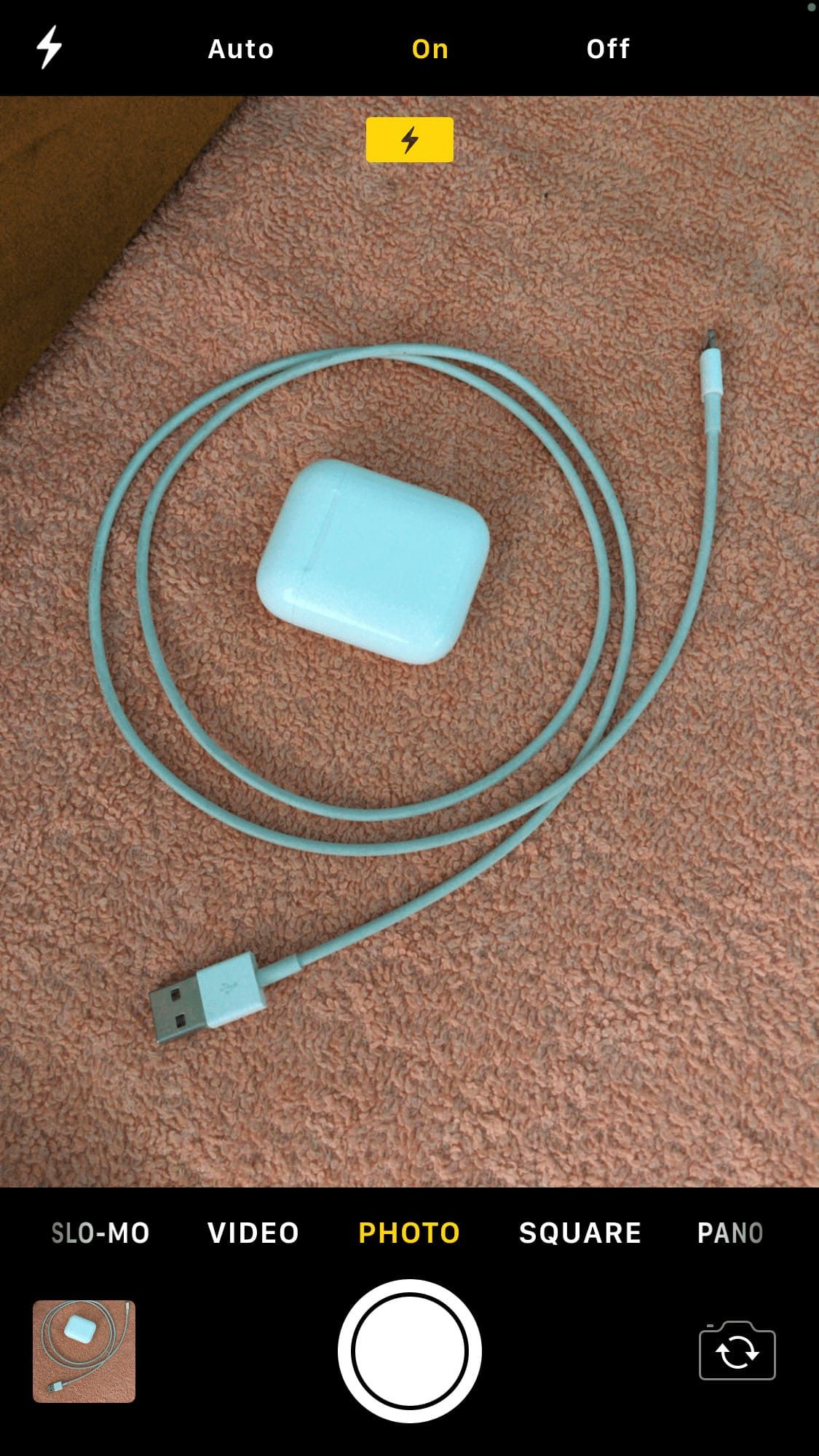
What to Do When Your iPhone's Camera Flash Is Not Working
If the camera flash isn't working, ensure your iPhone isn't too hot. But if it is, wait for the device to cool down. In case this doesn't help, restarting your iPhone or turning off Low Power Mode are some of the other ways to fix an iPhone flashlight that isn't working. So, try them before retrying to take a photo with the flash forced on.
Manually Control Your iPhone's Camera Flash
By now, you know how to set your iPhone's camera flash to always-on instead of flashing automatically. In low-light environments, newer iPhones automatically start shooting in Night mode, during which flash and Live Photos are off. But now you know how to force the camera to flash instead of shooting in Night mode.

